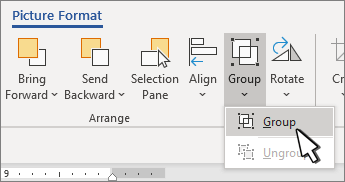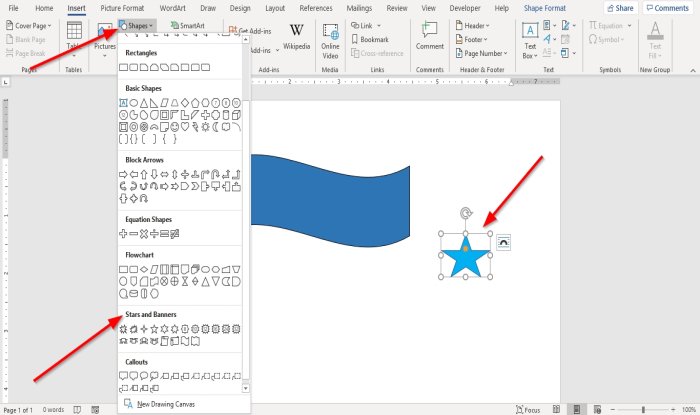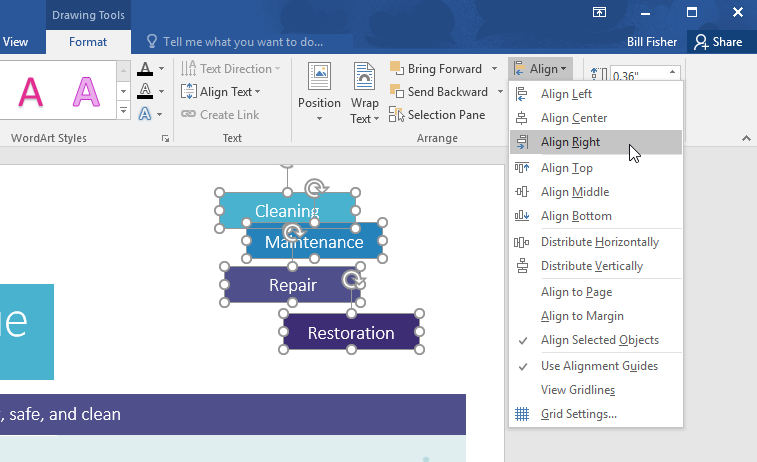



Note: Text wrapping styles are: In Line with Text, Square, Tight, Behind Text, In Front of Text, Top and Bottom, and Through.
#HOW DO YOU GROUP OBJECTS IN MICROSOFT WORD PLUS#
The mouse pointer changes to a plus symbol and you can draw a text box. Click Draw Text Box from the bottom of the drop-down. You can also create a new empty text box from the gallery drop-down. You can change this property as required. From the drop-down menu, you can view various text-wrapping styles and the one highlighted is the default style. Under the Format tab, within the group Arrange, click the Text Wrapping icon. Text Box Tools tab appears on the Ribbon. Now, to reveal the text wrapping property of the inserted text box, click the text box on the borders.Depending on the Text Wrapping property of the selected text box, it may sit on top of text, behind the text, in line with text, surrounded by text, etc. Click to insert one of these into your document.From the ribbon under the tab insert within the group text click the text box icon you can view a gallery of built in text boxes in a drop-down list You can view a gallery of built-in text boxes in a drop-down list. There are two ways you can insert a text into a Word documentįrom the Ribbon, under the tab Insert, within the group Text, click the Text Box icon.


 0 kommentar(er)
0 kommentar(er)
